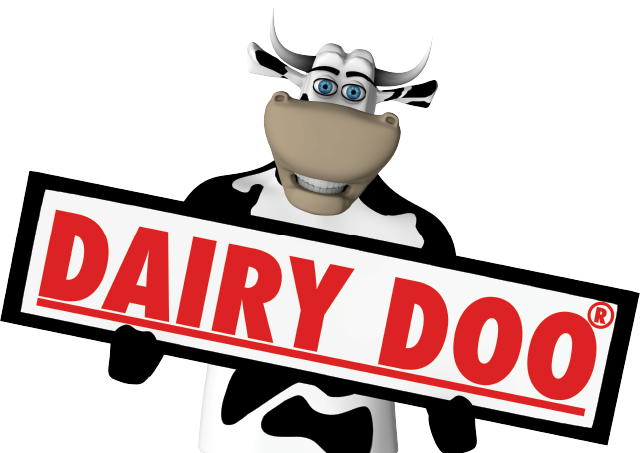What happens when you routinely farm a field without putting anything back into the soil? Eventually it catches up to you- reducing the quality and quantity of your yields and hurting your pocketbook.
A trend in farming is to wait until the soil has been drastically depleted and then try to fix the problem with heavy amounts of product. We would discourage this approach because it costs you more money all at once and its harder on the soil.
Our recommendation is to be constantly watching your soils, amending it with smaller amounts of product, and developing a consistency that will help your plants thrive while being easier on your wallet.
New in 2018, we have developed two new blends specific for hay production- whether that is alfalfa or a grass/pasture.
In this video, Brad Morgan explains the thoughts behind the program and why its a more economically efficient choice for you. If you’d rather not watch- the video’s transcript is below. To learn more about the two new programs visit our Hay & Pasture page or give us a call at 231-734-2451.
Hay Program Video Transcript
I’m Brad Morgan, from Morgan Composting. One of the things we’ve really focused on is specific crops. We’ve been very involved in everything from potatoes, corn, and soybeans and now we are really looking at alfalfa.
Alfalfa hay is very demanding on soil and it basically takes an awful lot of nutrient to grow the type of volumes of hay that we need to produce in Michigan. So finding some application of fertility in between cuttings is almost a necessity to keep up on the production and yields that we need in Michigan.
As you look through this field you’ll see there’s minimal amount of grass, but if you’re not constantly feeding some potash, maintaining the pH, what’ll happen is there will be an encroachment of grasses coming into your alfalfa at a much faster rate than you really want.
People have a tendency to want to put one, two, even three ton of lime [on the field] to bring the pH back up to where it [needs to be]. We’re trying to encourage people NOT to allow it to go to that point. Let’s not deplete the soil, let’s constantly manage the soil so we are maximizing production constantly.
So we have programs designed to where you’re putting a small amount of lime into your blends that gives you the calcium that maintains the pH within your soil. Our systems are designed more for: a small amount of application, hold consistency, be more proactive and it actually helps maintain your checkbook a whole lot better as well.
We know adding fertility in between cuttings is an added cost, but the truth be known, with the extra cost of equipment, labor, land rent, all of the above, yields are so critical to be able to run that equipment over. So the fact if you’re not doing something in between cuttings, you really need to assess where your economics are within your program because you’re going to have to constantly be feeding that plant. You can’t take four, five, six, seven, up to twelve ton per acre of biomass off from a field consistently without replenishing.
So at some point in time remember, you’re stealing and you’re taking away from yourself if it’s not a steady, constant reinvestment into it. I’ve farmed all my life and if we’re not constantly looking at the economics of what we’re doing, it won’t be there for us in the future.
